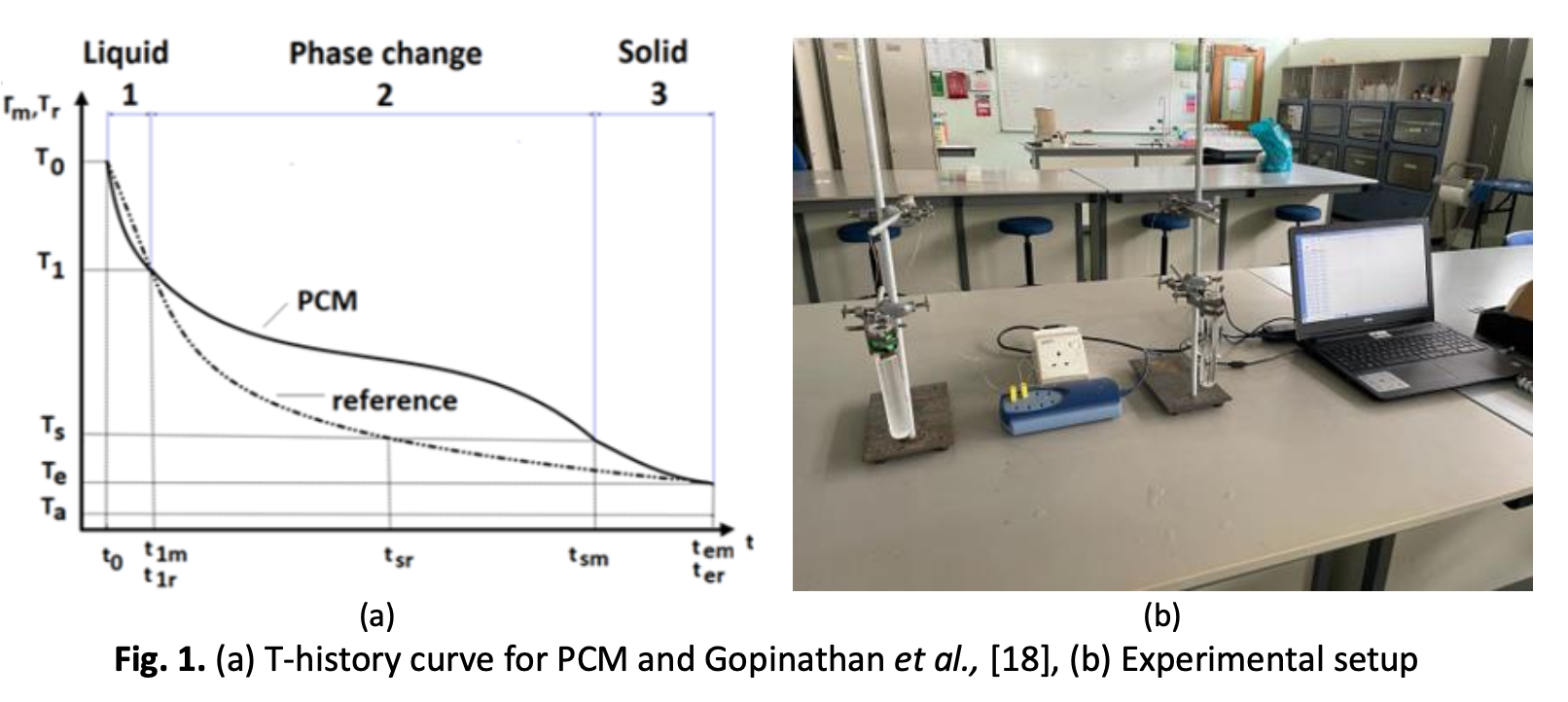The Performance Evaluation of Photovoltaic Integrated Organic Phase Change Material in a Single Container using Indoor Solar Simulator
DOI:
https://doi.org/10.37934/arfmts.109.2.168183Keywords:
Phase Change Material, Photovoltaic Panels, T-HistoryAbstract
Photovoltaic panels convert sunlight, a renewable energy source, into electrical energy. The abundant irradiance will heat the photovoltaic panel, reducing the panel's efficiency. This study proposes using PCM 36 as a cooling technique to reduce the temperature of the photovoltaic panel, which is low-cost and has higher latent heat capacity. The indoor solar simulator study is performed to meet the IEC 60904-9 standard. The research process starts with validating PCM 36, sun simulator testing, validating the photovoltaic panel, and fabricating a container to place the PCM 36 at the rear side of the photovoltaic panel to cool down the temperature. The final experiments are conducted indoors, using three different irradiance levels and a one-hour photovoltaic panel operation under the sun simulator. The optimal results reveal a 31.67% reduction in temperature and a 6.83% increase in electrical efficiency at a maximum of 40 minutes, 500 W/m2 irradiance, with a 9 mm thickness of PCM 36. Throughout this study, the efficiency of the photovoltaic system is enhanced by effectively reducing the temperature within the optimal range by incorporating phase change material.
Downloads
































